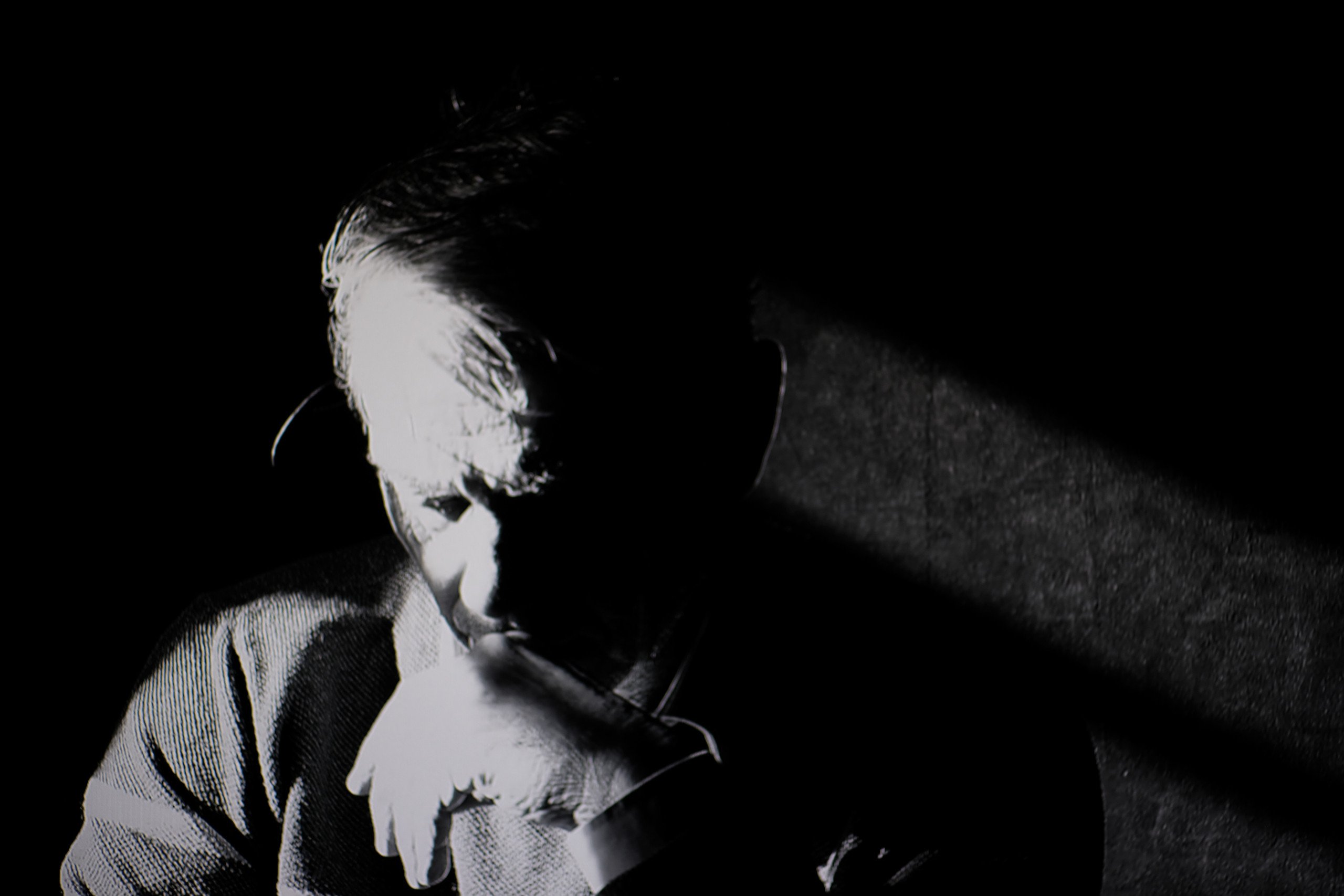In Lean On The Wall (FID 2021), Jacques Meilleurat portrayed himself as a man recounting a childhood and adolescence stolen by adults who had sexually abused him. Even then, the enigma of self-portraiture was already present. From that raw and harrowing film, Si petite emerges as a kind of reprise, a variation that heightens the tension and emotion to an even greater degree. This feat is achieved through the eponymous text by Frédéric Boyer. Si petite: the title refers to an eight-year-old girl savagely murdered by her parents after years of abuse. The crime, committed in 2009, made national headlines and left a lasting impression on the writer, to the point of haunting him for years. The text he publishes in 2024 is not primarily concerned with recounting the child’s ordeal and murder—although it does so, with narrative control that chills the reader and feeds our morbid appetite for such stories—but rather with questioning what this reveals about our desire for stories, and our relationship to evil. Nothing else is heard but Boyer’s words, spoken by Meilleurat in an almost uninterrupted breath, in a low, cavernous voice barely above a whisper, as if speaking to himself. Giving voice to a text, allowing a piece of writing to be heard: a task cinema has often undertaken. Meilleurat’s approach, however—building on and radicalising what he had done in Appuyé au mur—is something altogether more unsettling. Alone with the text, alone both in front of and behind the camera, the filmmaker stages and films himself as a writer. He quite literally inhabits the role, if not of Frédéric Boyer, then at least of the writer penning the words voiced on screen. He does so through shots that carve fragments of visibility out of a darkness blacker than the blackest ink. The visible: his face, his hand writing, the script filling the pages of a notebook. Nothing more—or almost nothing. Once again, a self-portrait. But not as a victim of evil: as an artist-narrator, striving to come to terms with his own fascination for evil, with the pleasure of telling it; narrating also as a way to examine his conscience, to confront—through the solitary act of confession—the evil within him and the limits of his own humanity. The text is of rare power, of crystalline beauty. Fixing the viewer to the words and to the flesh of the man who, as both writer and reader, writes and speaks them, the film carries us with the urgency of its momentum: that of the text, of the writer in the act of writing, doubled by the filmmaker’s own urgency to film it—barely read. What remains is the unfathomable mystery of embodiment, illuminated by one of the writer’s phrases echoed by the filmmaker: “I dream that I’m handling unspooled films with my hands, that I’m both the projector and the spectator.” And the screen: leaning against the wall, burned by light.
Cyril Neyrat
